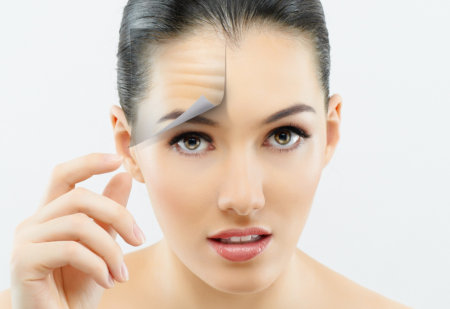Chemical Peels has become more and more popular the last few years, this makes it a good reason to tell you everything you need to know about Chemical Peels.
What is a Chemical Peel?
It’s actually quite simple. The top layer of the skin is removed with a chemical solution. The skin repairs itself after the peel it usually looks fresher and younger. It is usually done on the face and neck to treat wrinkles and acne.
During a chemical peel, most people feel a burning sensation that lasts about five to ten minutes, followed by a stinging sensation. Putting cool compresses on the skin may ease that stinging. You may need pain medication during or after a deeper peel.
The Recovery after the chemical peel
The recovery is very dependent on the chosen peeling agent. When a peeling with glycolic acid, salicylic acid or TCA, the recovery time is relatively limited. You can go home the same day and you feel no pain basically. The skin feels dry and pulls a little. Complete recovery may take up to a month. Yet most people go back to work within a week.
The Chemicals.
Various chemicals can be used for a Chemical Peel.
1) Glycolic Acid
2) Salicylic acid
3) Trichloroacetic acid (For a TCA peel)
4) Phenol
These substances penetrate into the upper skin layer and let it dissolve. Trichloroacetic acid (TCA) and Phenol, however, are much more aggressive than glycolic acid and salicylic acid, and then also penetrate deeper.
Risks and complications
Because the top layer of skin is removed, the skin loses an important protective layer. This allows you run a greater risk of infection walk and you have to protect the skin very well against the sun. This means that you should not sunbathe the first months, and must not under the solarium. In addition, you should always rub the skin with a good sunscreen.
By treating the skin lose pigment, causing the skin to become lighter. There may also pigment spots occur, often pulls it in, but not always.
Other side effects that may occur are redness (especially the first days), itching feeling, scars and a thinner skin (big risk).
Conclusion and advice
A chemical peeling can reduce acne and wrinkles for a while, but it will never treat wrinkles and acne. If you want to treat wrinkles it’s best to do it in a natural way (diet, exercises etc.). If you want to treat acne, visit your doctor. It’s that simple. Bestanti-aging.com would not advice a chemical peeling.
